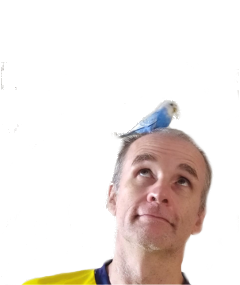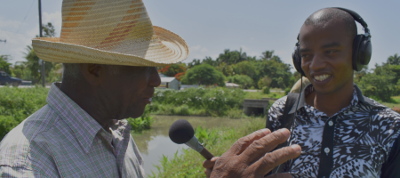Grueling animation tells story of journalist's kidnapping
June 19, 2015
In 2012, journalist Luis Cardona documented 15 kidnappings along the drug routes of Chihuahua state, northern Mexico. Then he was kidnapped himself. This video, made on an iphone with a variety of stark, unpolished animation styles, tells his story. It was produced by the caricaturist Rafael Pineda (who was himself a target of violence for his work), with support from the NGO Periodistas de a Pie, among others.
The morning of his kidnapping, Cardona arrived in town and began greeting people he knew, but was surprised that no one returned his greeting. Instead they were looking over his shoulder. He turned to see two truckloads of men dressed as soldiers but carrying weapons more commonly preferred by drug traffickers drive into the plaza. He was blindfolded, bundled aboard a truck and taken to a jail he believes was in the local police station. There a man berated him:
"How much do you earn?"
"About 250 pesos (25 dollars) a day."
"And for that bullshit money you're going to die?"
He was beaten and kicked into unconciousness.
Mexico is one of the most dangerous places in the world for journalists. According to the NGO Articulo 19, since 2000, 84 journalists have been killed in the country. Another 18 are missing. Fifty-four media outlets have been attacked by explosives or firearms. And numerous journalists are forced to leave their homes and live under pseudonyms in others part of the country. (The most recent case happened last week, in my old stomping ground of Xalapa.)
Cardona was lucky. After being taken to a remote desert location, he was beaten again. His attackers had instructions to draw blood and when they couldn't, Cardona himself suggested putting sand on his back until it bled. When they began to strangle him he passed out again. And then they left. "They didn't kill me and I don't know why. I still can't explain why they didn't kill me or who gave the order."
Today, Cardona lives in another part of the country, supporting his family with ocassional articles written under a pseudonym.



